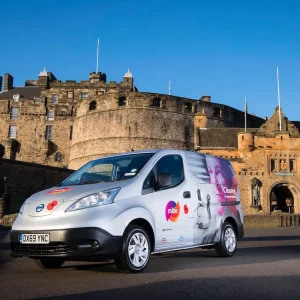We’ve all done it: driving along with an eye on the fuel gauge mindful of filling up and simply pulling in at the next petrol station without a thought for the price or brand…
Price vs. convenience
We’ve all done it: driving along with an eye on the fuel gauge mindful of filling up and simply pulling in at the next petrol station without a thought for the price or brand.
Even when the gauge isn’t heading south, most of us have our favourite filling station be it on the route to work or simply around the corner from where we live.
Our own research has revealed the extent to which convenience continues to be a factor for drivers when choosing where to fill up. Despite the current high prices at the forecourt, 63% of business drivers said that convenience was the prime motivator behind the choice of refuelling location. Only 15% admitted that their choice of site was driven by the price per litre.
Some of you maybe thinking “talk about stating the obvious”, but driver motivation and behaviour have a significant impact on measures to reduce fuel consumption and cost. That convenience is the number one factor, gives us an insight into how business drivers are thinking.
My fear is that drivers continue remain largely immune to any attempt to change their fuel buying behaviour or measures to persuade them to buy on the basis of price not convenience. The mentality is all the more concerning when the environment is considered.
If drivers are complacent towards cost reduction, how will drivers react to measures to reduce CO2 emissions from fleets as such initiatives become more widespread? The current statistics do not bode well.
It’s a situation; however, that I believe can be overcome.
Businesses will have to become more active in addressing the problem and make sure they’re capturing high-quality management information to track the price that their drivers are paying at the pump and then using that information to divert their drivers to cheaper sites. This will require both a carrot and stick approach with business clear in their guidelines for drivers, but also incentivising them for good performance. Many businesses have found this policy works well.
There will always be drivers who view this as Draconian, but if fuel efficiency is to be achieved for both cost and environmental measures, drivers will have to wake-up to the fact that their motivations and behaviour will have to change.
Until next week,
Mike





